Animals don’t just survive—they form alliances that put action movies to shame.
Out in the wild, it’s not every creature for itself. Some animals team up in the most unexpected, jaw-dropping ways. Think birds cleaning crocodile teeth. Fish standing guard for shrimp. Monkeys warning antelope of danger—just because.
These partnerships are real, fierce, and often downright adorable.
Survival doesn’t always mean sharper claws or faster legs. Sometimes, it means choosing the right friend. A lookout. A cleaner. A bodyguard. These creatures have cracked the code—and built survival squads that work.
Ready to see nature’s ultimate buddy system in action? Let’s meet the tag teams that turn the wild into one big, cooperative adventure.
Clownfish and Sea Anemone
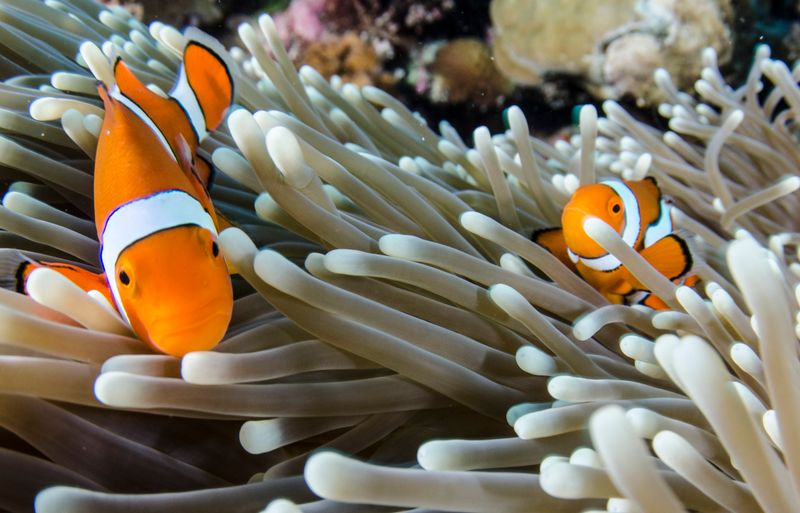
Amidst the vibrant coral reefs, clownfish and sea anemones form a harmonious partnership. The clownfish, immune to the anemone’s stings, finds refuge within its tentacles, safe from predators. In return, the clownfish provides nutrients to the anemone through their waste. This mutualistic relationship showcases how different species can thrive together, each benefiting from the other’s presence. The clownfish’s bold colors add to the reef’s allure, while their playful movements attract attention. Together, they create a balanced ecosystem, illustrating nature’s elegant symbiosis.
Oxpecker and Rhinoceros
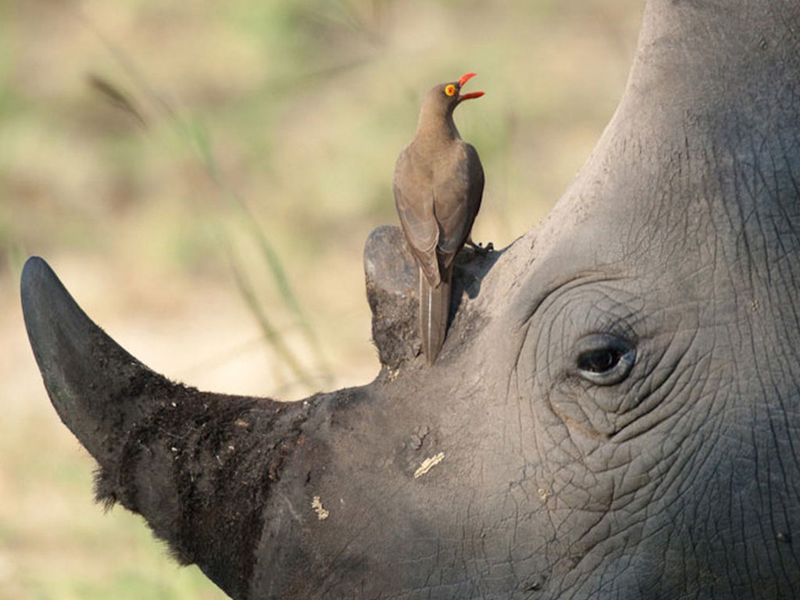
Perched atop the mighty rhinoceros, the oxpecker bird is more than a mere hitchhiker. This tiny bird feeds on ticks and parasites found on the rhinoceros’s skin, providing relief to the massive creature. In turn, the oxpecker gains sustenance and a safe vantage point. This symbiotic relationship benefits both parties, as the rhino enjoys pest control and the oxpecker thrives. The sight of a diminutive bird on such a formidable giant is a testament to nature’s creative cooperation. Here, size does not dictate importance.
Cleaner Fish and Larger Fish
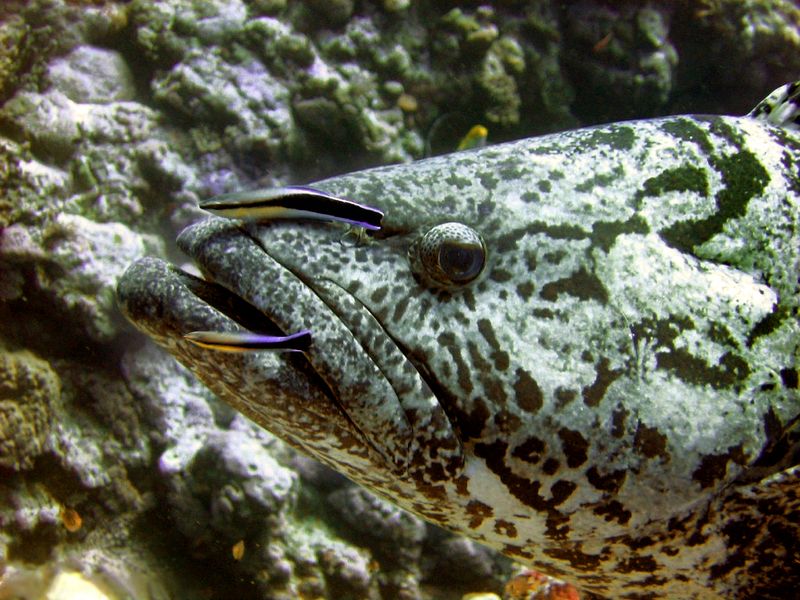
In the bustling underwater world, cleaner fish maintain an essential service, offering grooming sessions to larger fish. By picking parasites and dead skin, cleaner fish provide health benefits to their clients. In exchange, they gain a meal and protection from predators. This mutual relationship highlights the cleaner fish’s crucial role in marine ecosystems. Their meticulous work ensures the well-being of numerous fish species, fostering a balanced underwater community. Such interactions reveal the complex interdependencies that sustain life beneath the waves.
Honeyguide Bird and Honey Badger
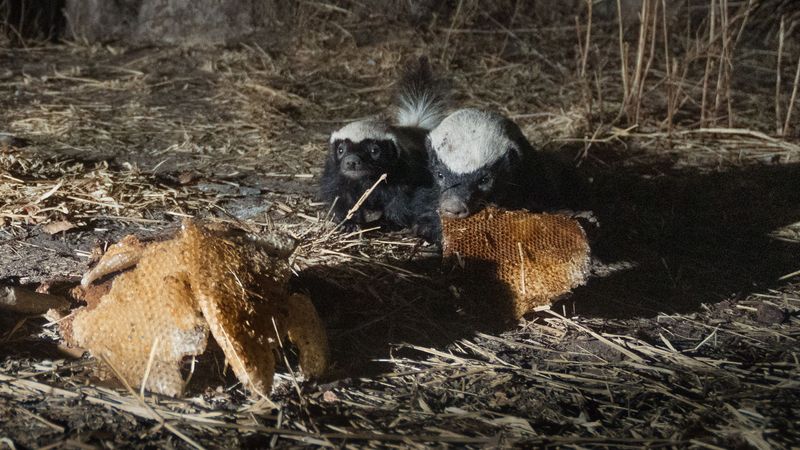
With a shared love for honey, the honeyguide bird and honey badger embark on a sweet collaboration. The bird leads the badger to hidden beehives, knowing the badger can break them open with ease. After the badger indulges in honeycombs, the bird feasts on leftover wax and larvae. This unique partnership exemplifies cooperation driven by shared interests. Together, they overcome obstacles that neither could face alone, showcasing nature’s ingenuity. Although separated by species, their joint effort reaps rewards within the wilderness.
Ants and Aphids

Aphids, often viewed as pests, find unlikely allies in ants. These industrious insects protect aphids from predators, in return for sweet honeydew secretions. This relationship illustrates a carefully balanced exchange of services, where both parties benefit. Ants tend to aphids like shepherds to their flock, ensuring their well-being. Through this cooperation, ants gain a steady food source, while aphids enjoy safety. This interaction highlights the surprising alliances that form in nature, where even the smallest creatures play significant roles.
Egyptian Plover and Crocodile
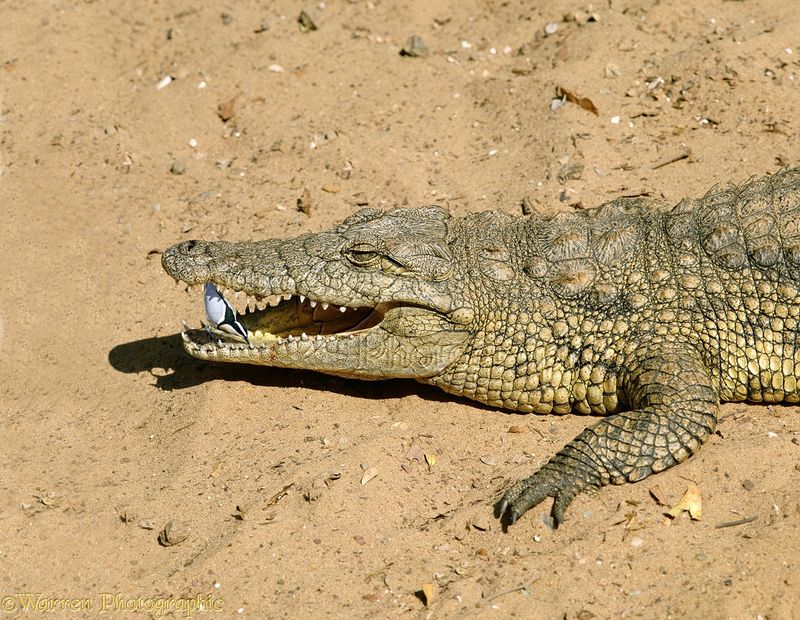
In a scene that defies expectations, the Egyptian plover bird fearlessly cleans a crocodile’s teeth. The crocodile allows this unusual dental service, as the bird removes food particles and parasites. This symbiotic relationship benefits both species, with the plover enjoying a meal and the crocodile maintaining oral hygiene. Such cooperation between predator and prey demonstrates nature’s surprising partnerships, where trust is paramount. The sight of a small bird inside a crocodile’s mouth is a remarkable testament to mutual understanding in the wild.
Gobies and Pistol Shrimps
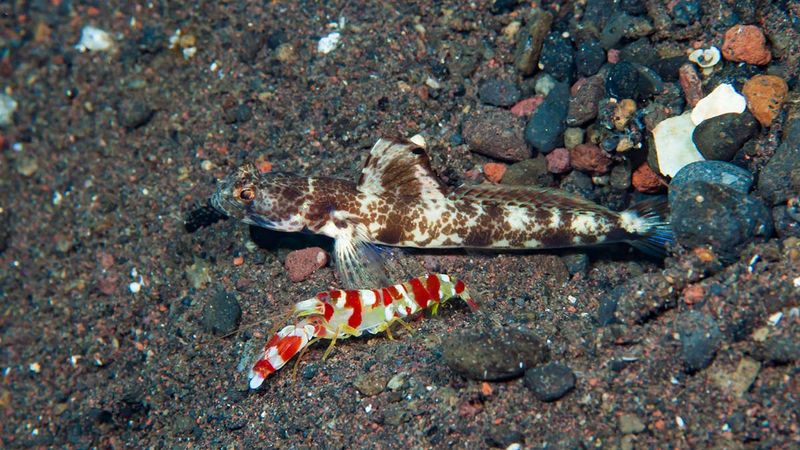
On the sandy seabed, gobies and pistol shrimps form a remarkable team. The goby acts as a vigilant lookout while the shrimp digs and maintains their shared burrow. This partnership ensures mutual safety, where the goby signals danger with a flick of its tail. In return, the shrimp provides a secure home. Their collaboration highlights the power of teamwork, where distinct skills combine for survival. Such alliances exemplify the delicate balance of life under the sea, where cooperation fosters thriving habitats.
Meerkats and Sentinels
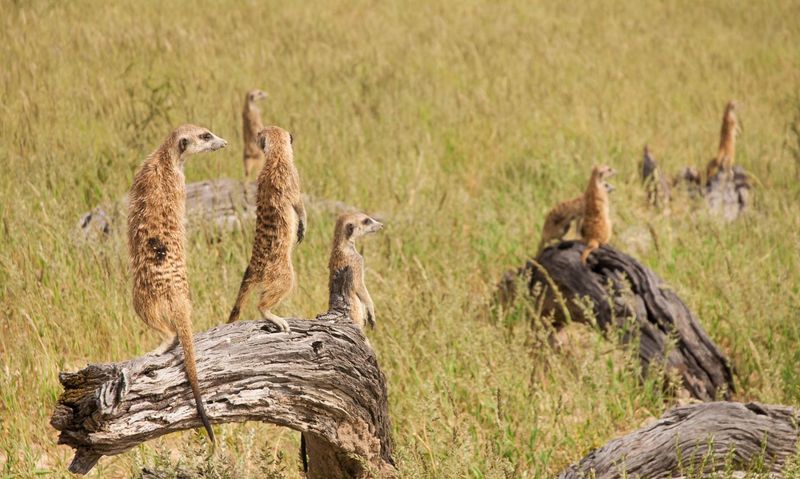
In the vast desert, meerkats rely on a communal system for survival. One meerkat acts as a sentinel, standing watch for predators while others forage. This rotation of duties ensures that the group is always protected. The sentinel’s call alerts the group to danger, allowing them to seek cover. This teamwork reflects the meerkats’ strong social bonds, where each member plays a vital role. Through cooperation, they thrive in a challenging environment, demonstrating the strength found in community efforts.
Cattle Egrets and Livestock

Cattle egrets and livestock share a field in a mutually beneficial arrangement. As livestock graze, they stir up insects, providing egrets with an easy meal. The birds, in turn, help control insect populations, creating a balanced ecosystem. This cooperation benefits both species, with egrets gaining nourishment and livestock experiencing fewer pests. The sight of white birds trailing behind large animals is a familiar scene, symbolizing harmony. This relationship underscores nature’s interwoven connections, where different creatures coexist to mutual advantage.
Hermit Crabs and Sea Anemones

In tidal pools, hermit crabs and sea anemones form a protective alliance. The crab carries the anemone on its shell, gaining a shield against predators. In return, the anemone benefits from mobility and access to more food sources. This partnership exemplifies nature’s resourcefulness, where both creatures enhance their survival chances. The anemone’s stinging tentacles offer defense, while the crab provides transportation. Together, they navigate the challenges of their environment, illustrating a harmonious balance between mobility and protection.
Alpacas and Guard Llamas
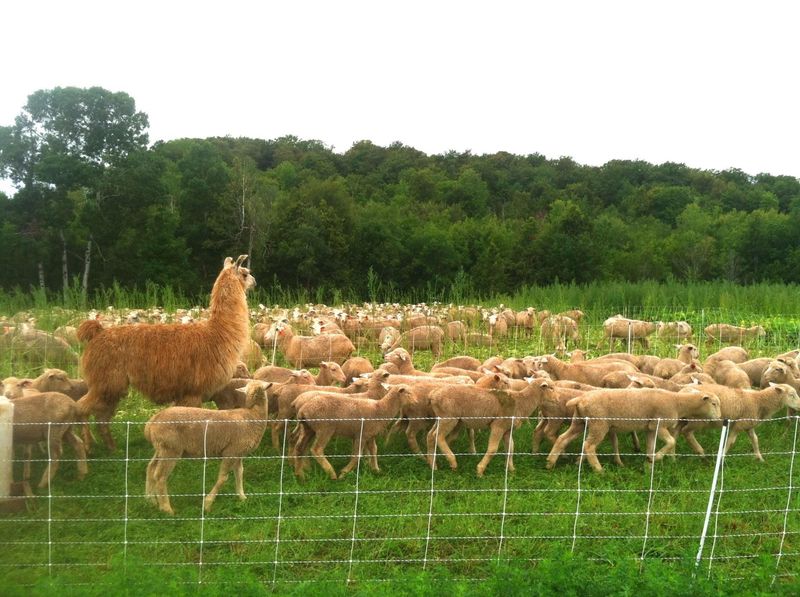
In the pastoral landscapes, guard llamas serve as vigilant protectors for alpacas. These llamas deter predators, using their size and assertive behavior to shield the more docile alpacas. This guardian role allows alpacas to graze peacefully, enhancing the group’s overall safety. The presence of llamas instills confidence among the alpacas, fostering a secure environment. This partnership highlights the importance of protective instincts in animal communities, where mutual trust leads to tranquility. It showcases the value of diversity in safeguarding herd welfare.
Bees and Flowers

Amidst the blossoming garden, bees and flowers engage in a timeless dance of pollination. Bees collect nectar and pollen, inadvertently transferring pollen between flowers. This process is vital for plant reproduction, while bees gain nourishment. This mutualistic relationship is crucial for blooming diversity, sustaining ecosystems. The bright colors and sweet scents of flowers attract bees, facilitating this essential exchange. Their interaction underscores the delicate balance within nature, where cooperation fosters growth and renewal. This timeless alliance enriches the world, one bloom at a time.
Wolves and Ravens
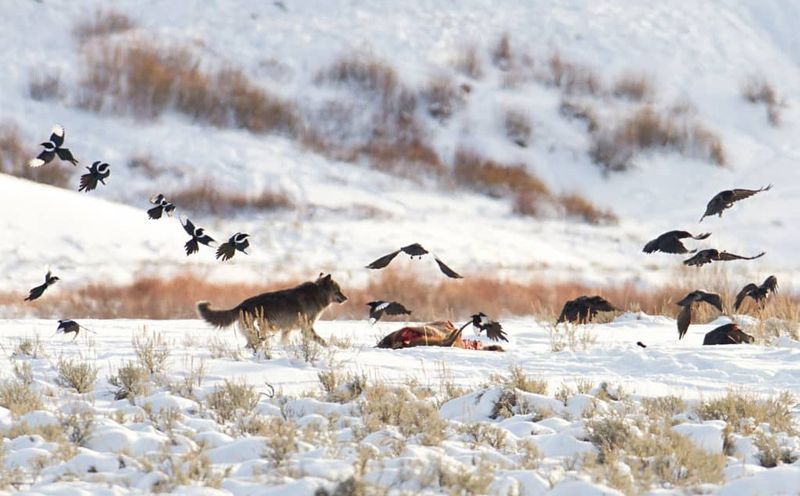
In the snowy forest, ravens accompany wolf packs, benefiting from the predators’ hunting prowess. Ravens scavenge on remains left by wolves, gaining sustenance without the need to hunt. In turn, their presence can alert wolves to potential threats or fresh kills. This interaction exemplifies opportunistic cooperation, where both species gain advantages. Ravens’ intelligence allows them to integrate into the wolves’ territory, forming a unique association. This relationship highlights how adaptability can lead to unexpected alliances, enhancing survival odds in the wild.
Sharks and Remoras
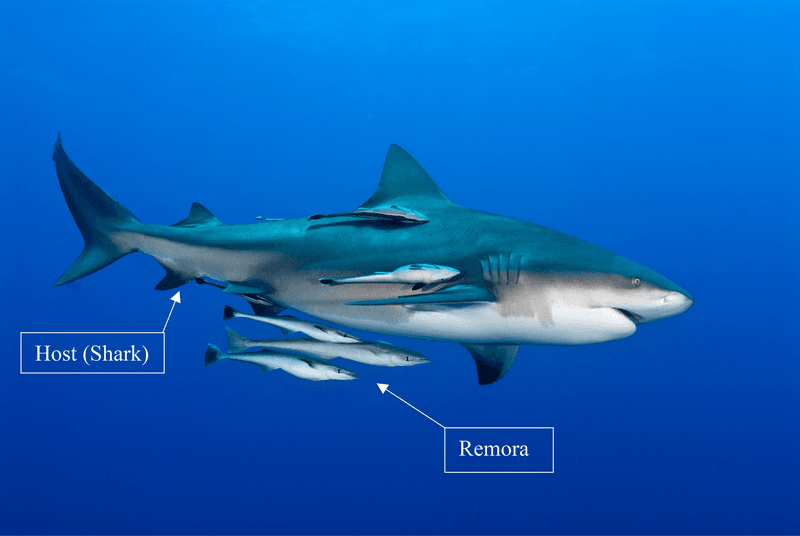
In the open ocean, remoras attach themselves to sharks, forming a symbiotic relationship. Remoras feed on parasites and leftover food from the shark, maintaining the host’s health. In return, they gain transportation and protection. This partnership illustrates how even apex predators benefit from companionships. The remora’s presence is tolerated, sometimes even welcomed, by the shark. Such interactions demonstrate mutual respect in the marine world, where survival often hinges on collaboration. Together, they navigate the vast ocean, exemplifying cooperation beneath the waves.
Bats and Pitcher Plants
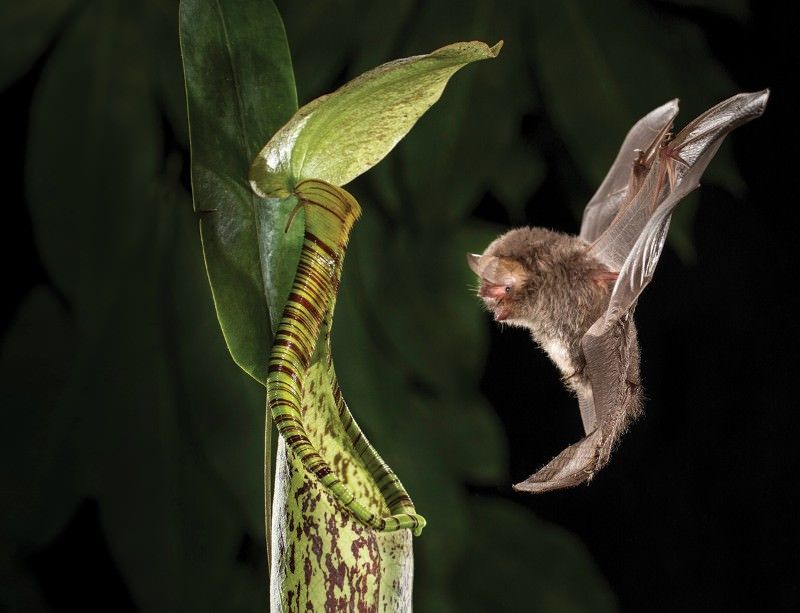
In the lush rainforest, bats and pitcher plants engage in a unique symbiosis. Bats roost inside the plant’s modified leaves, protected from predators and weather. In return, their droppings provide essential nutrients for the plant. This relationship showcases a remarkable adaptation, where both species benefit. The plant’s structure offers a safe haven, while bats contribute to its growth. Such interactions highlight the intricate connections within ecosystems, where mutual dependency fosters survival. This partnership is a testament to nature’s ability to innovate and sustain life.
Elephants and Birds

In the sunlit savannah, elephants and birds form a beneficial alliance. Birds perch on elephants, feeding on insects and parasites that trouble the giants. In return, elephants gain relief from these irritants. This relationship illustrates the synergy found in nature, where different species coexist harmoniously. The birds’ presence is a welcome assistance, showcasing a gentle interaction between the animal kingdom’s diverse members. Together, they create a peaceful coexistence, where shared benefits enhance their daily lives. It highlights how cooperation transcends size and species in the wild.

